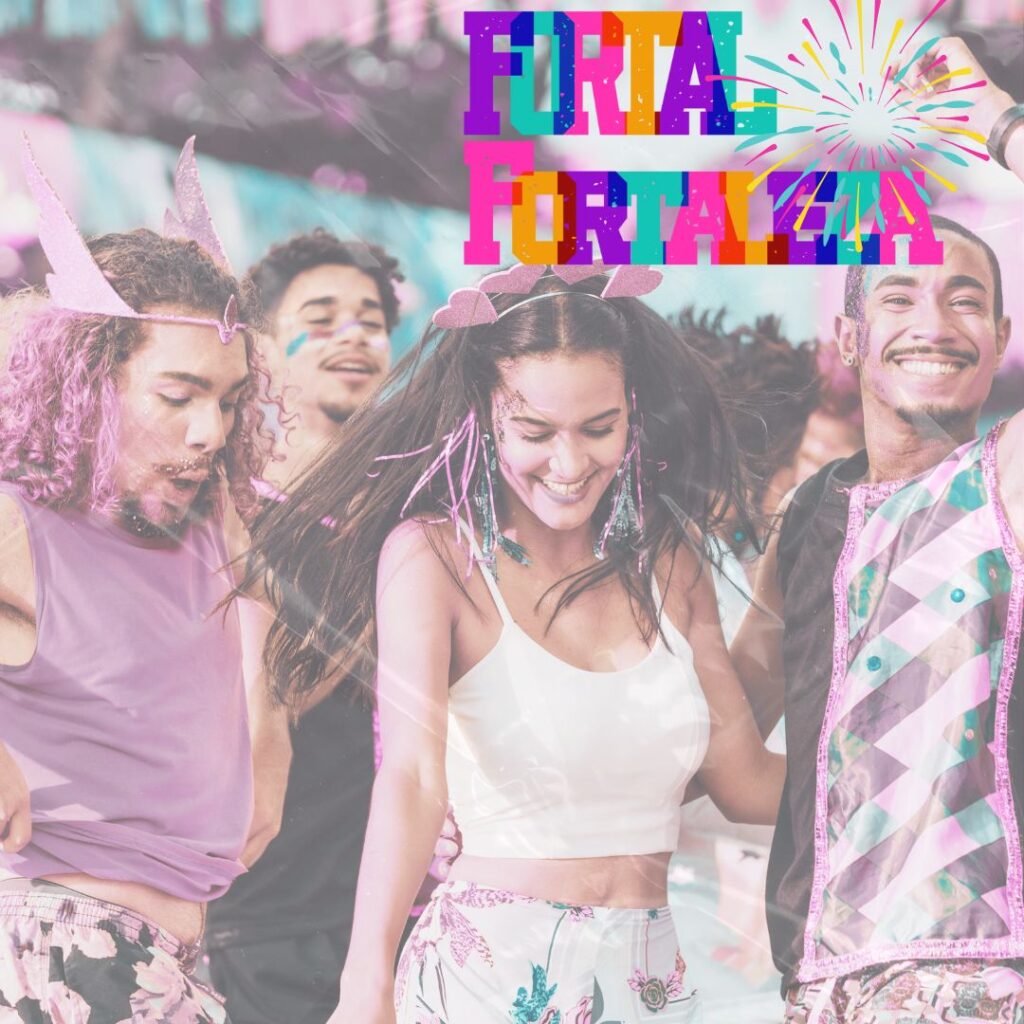Music, memory, and mural on the sands of Iracema
When you turn the corner of Rua dos Pacajús and see the sea in the background, it is impossible not to notice the discreet but powerful sign of the Belchior Cultural Center: “The Beach House of Music.” More than just a slogan, every wall, every note, and every piece of graffiti invites residents and visitors to experience Fortaleza in a sensory and engaging way.
It was created to pay tribute, but became the heartbeat of the city
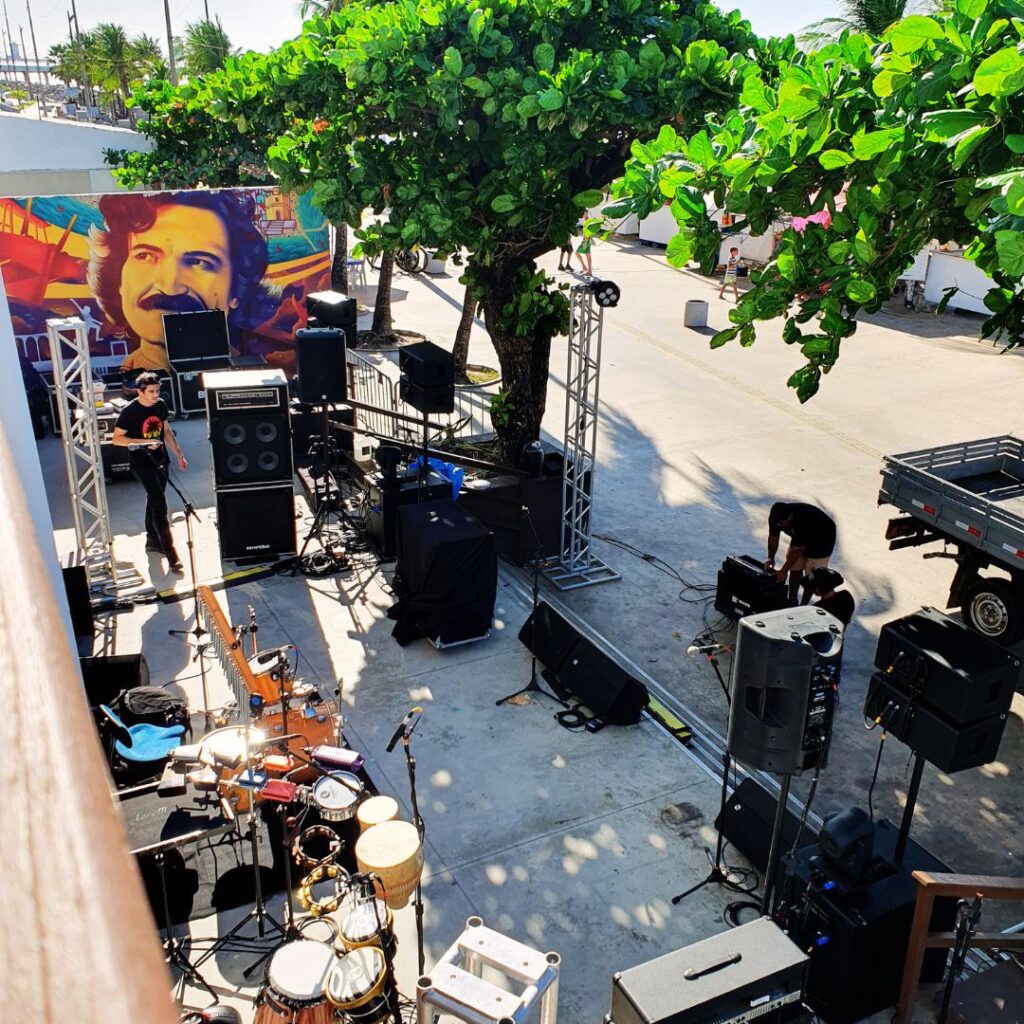
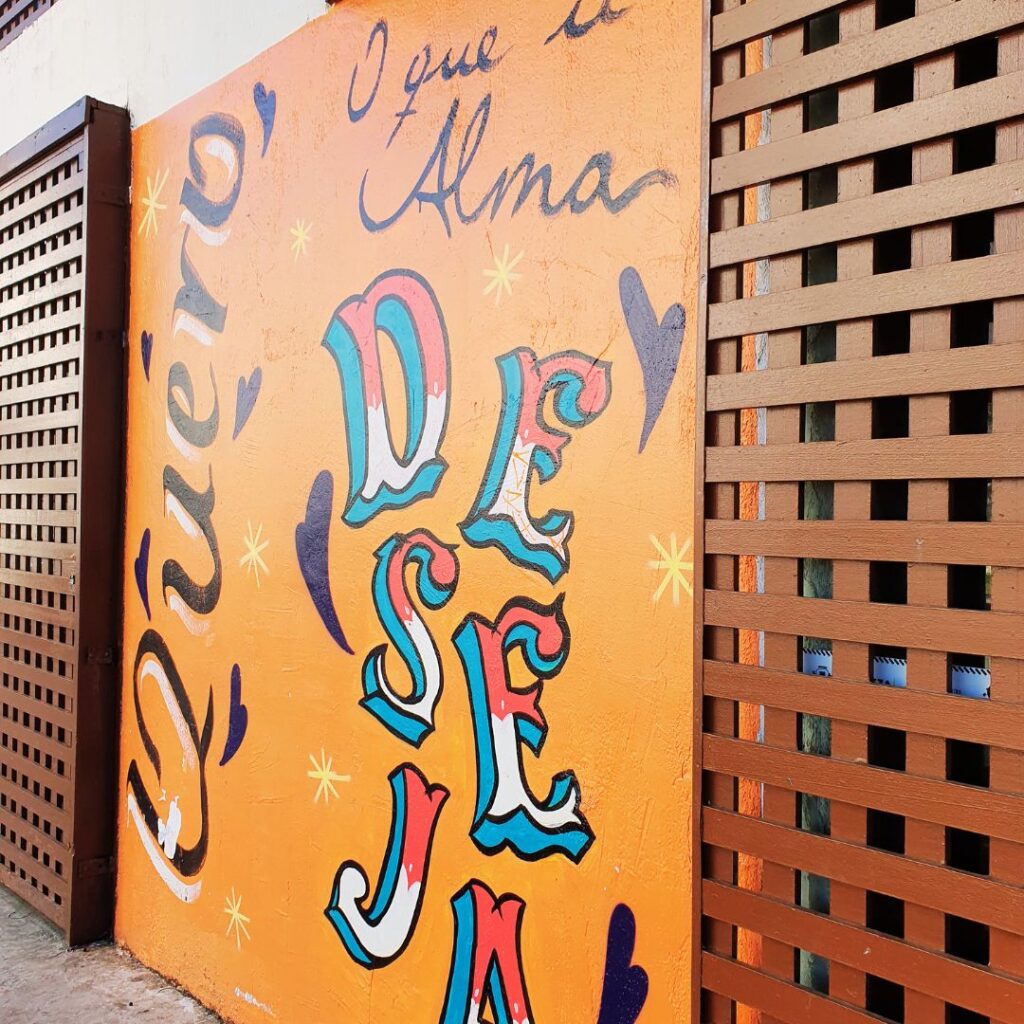
The Belchior Cultural Center opened its doors on May 18, 2017, with the aim of honoring Antônio Carlos Gomes Belchior Fontenelle Fernandes, one of the greatest artists Ceará has ever produced. Located by the sea, the building was named after him and housed rooms such as À Palo Seco, Mucuripe, and Fotografia 3×4, as well as a collection of about 60 works donated by his friend and producer Tota — including paintings, rare photos, and moving portraits. The inauguration was marked by emotion, tributes, and tears from those who saw the dream come true.
What seemed to be a static memorial soon became a living, pulsating space. Concerts, exhibitions, roundtable discussions, and debates transformed the “Casa de Praia da Música” into a collective portrait of the city. The 2023 reopening brought a public recording studio — a rare achievement in Fortaleza — and the headquarters of the Center for Entrepreneurship and Afro Culture (CECAF), filling the building with people, ideas, and rhythms that echo in everyday urban life.
Urban mural: from concrete to graffiti
The façade graffitied by Bruna Serifa is now one of the most recognizable elements of CCBel. Each stroke dialogues with local music and history, transforming the building into an open-air gallery and a visual symbol of Fortaleza’s identity. The wooden doors feature typographic murals, as if they were “boarding gates,” inviting everyone to enter. It is a direct invitation to the city: the Center does not close itself off, it opens up local culture.
In 2023: reform, innovation, and a new lease on life
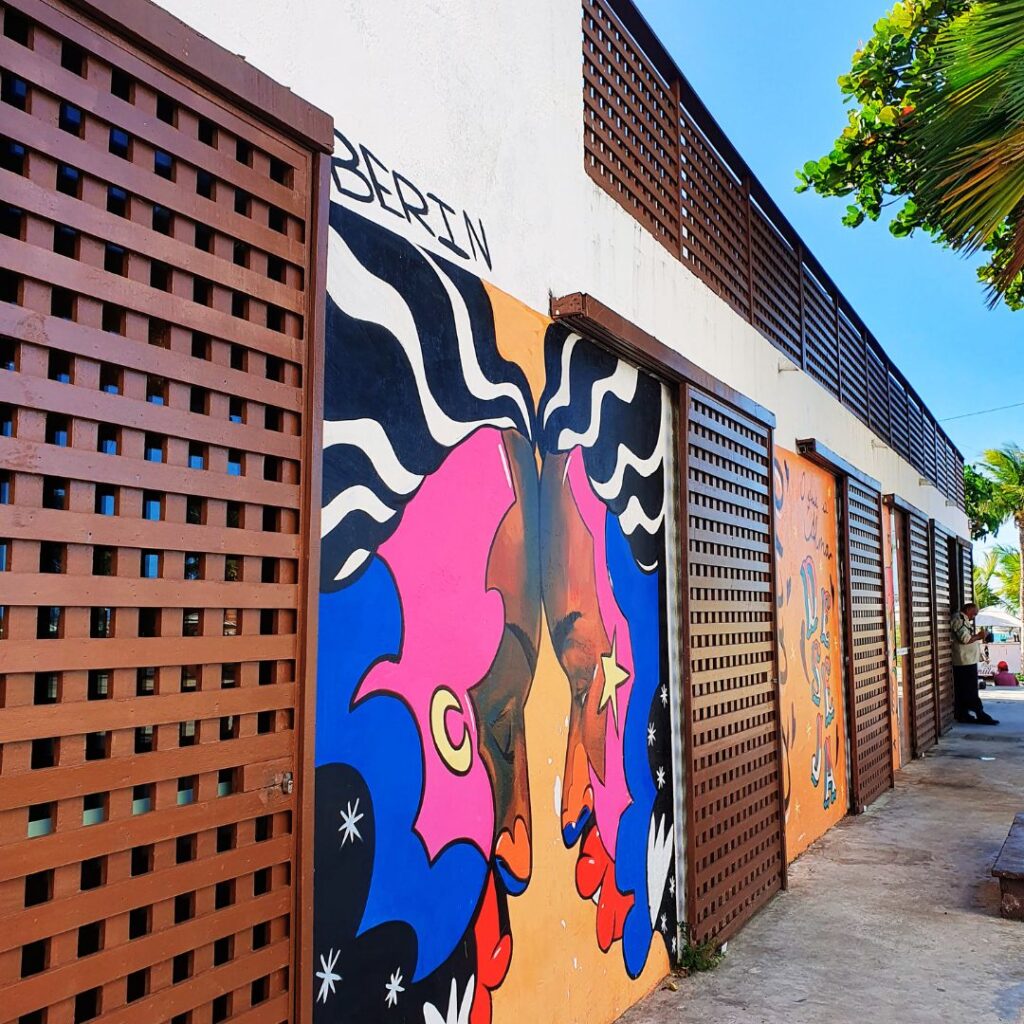
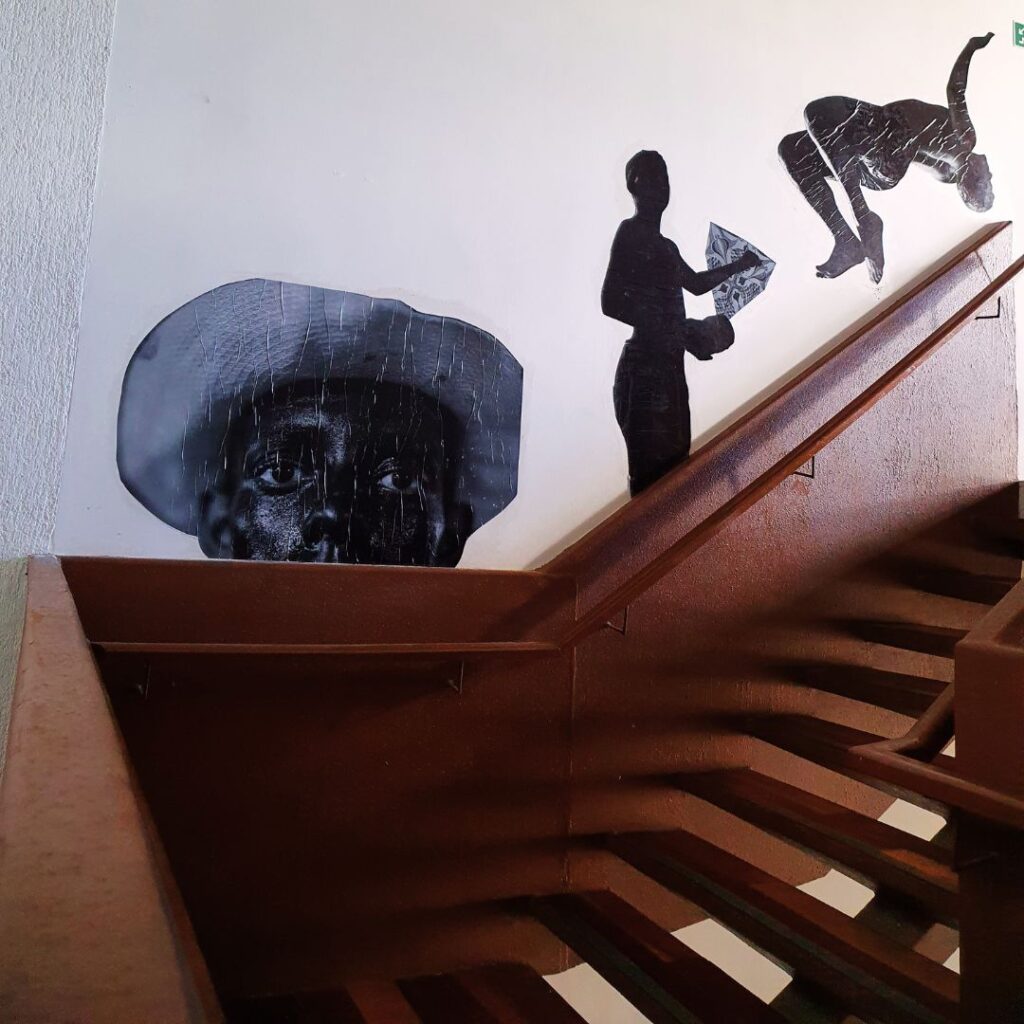
After years of facing sun, wind, and sea air, the structure underwent a complete renovation. The restoration restored the building’s original luster, but also brought improvements in accessibility, scenic lighting that highlights the building at night, common areas, and bilingual signage. The result was a new lease on life: the place once again became a meeting point, a photo backdrop, and a must-see stop for those strolling along the waterfront — combining memory, modernity, and Ceará hospitality.
A laboratory for the music scene
CCBel has a discreet but powerful charm. From workshops, debates, book launches, podcasts, and exhibitions to workshops in the gallery and café, everything promotes exchange between artists, enthusiasts, and residents. In 2023, the “O Sonho e o Som” (The Dream and the Sound) call for proposals offered 10 selected artists or bands the opportunity to record three original tracks in the center’s studio—free of charge—culminating in a concert and digital album production. This was a rare boost for Ceará’s music scene, which needed this “oxygen tube.”
In addition, CCBel has a diverse annual program: concerts by national and international artists, celebrations of local names such as Danilo Guilherme, reggae performances, samba de terreiro, dance, theatrical performances, and urban art, often with free or affordable admission.
Who was Belchior — and why does he matter so much?
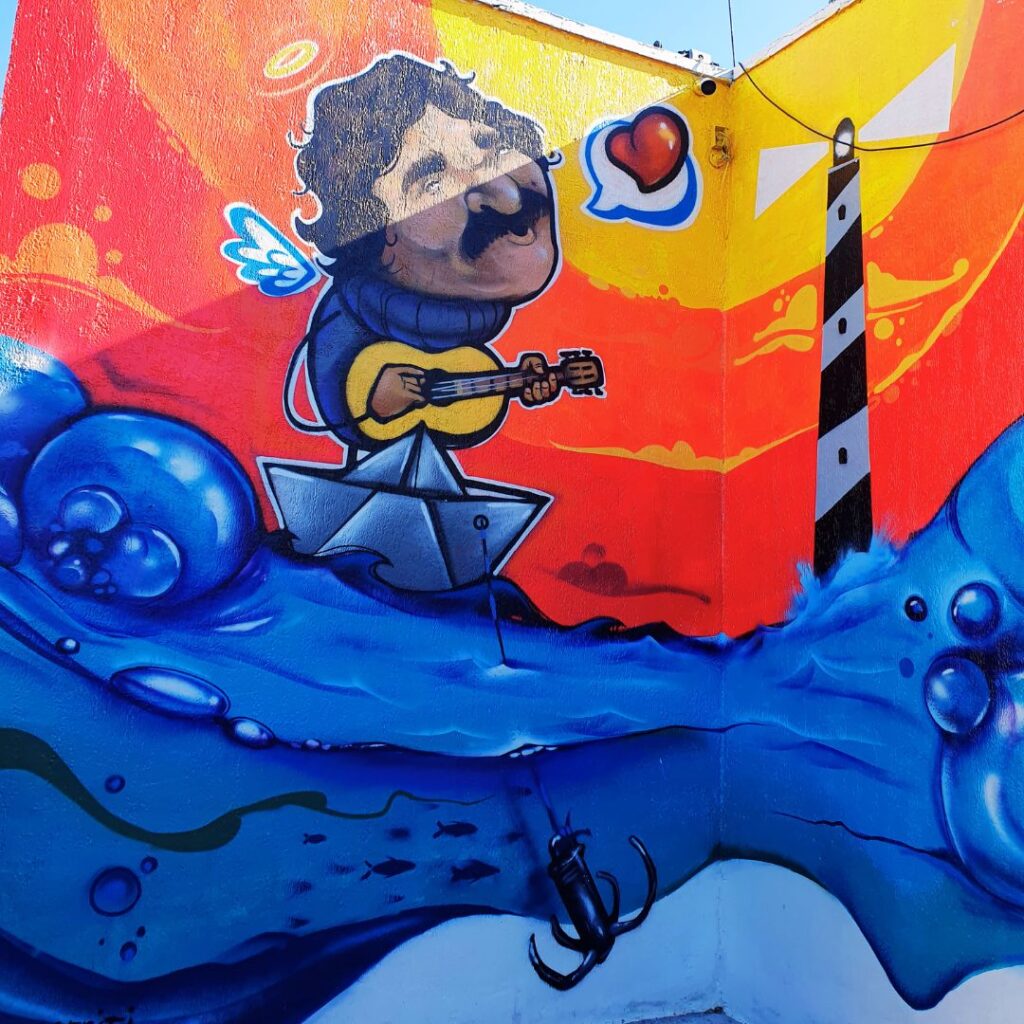
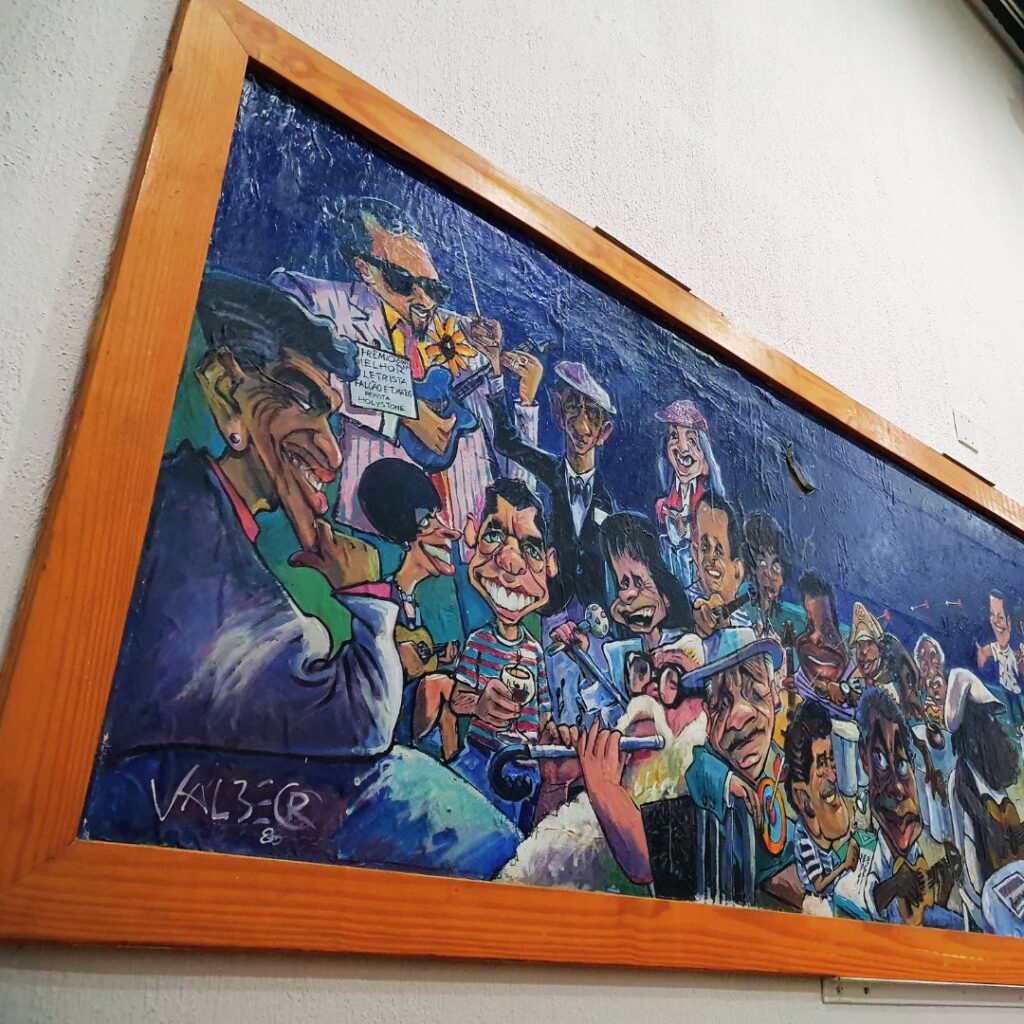
Antônio Carlos Gomes Belchior Fontenelle Fernandes was born in Sobral, Ceará, in 1946. He became one of the biggest names in Brazilian popular music and one of the most emblematic artists of the Northeast. His dense lyrics, full of poetry, irony, and existential reflections, mixed literary and philosophical references with social chronicles. Songs such as Apenas um Rapaz Latino-Americano, Como Nossos Pais (immortalized in the voice of Elis Regina), and Alucinação span generations.
Belchior represented the voice of those who question, observe the world with a critical and restless eye, and unite the personal with the collective. At the end of his life, he withdrew from the stage, living a period of seclusion that fueled the popular imagination. When he passed away in 2017, he left behind an invaluable artistic legacy and an aura of mystery and freedom that continues to inspire musicians, writers, and admirers.
Today, the Belchior Cultural Center is not just a physical space: it is a symbol that connects Fortaleza to the memory of an artist who transformed words and chords into movements of identity and thought.
The charm of belonging
CCBel has already hosted notable exhibitions, such as the first VIII de Maio, featuring works by 26 artists from Ceará from Tota’s collection. On anniversaries such as its 7th, names such as Adelson Viana, Paulo Façanha, and the band Os Transacionais showed that the local music scene continues to thrive, full of stories and spontaneous encounters.
The space combines moments of contemplation and participation: there are quiet rooms for reading, staircases for conversations, and windows for listening to music while watching the sea. Every piece of graffiti, every corner, is an invitation for photos, reflection, and discovery.
CCBel offers an accessible studio, cultural events that make culture happen, and inclusion that transforms. It is a living memory, because Belchior is not just nostalgia: he is present in every chord, every event, every mural.
Why visit the Belchior Cultural Center
- Living art: exhibitions, graffiti, and installations that interact with the city and the sea.
- Music in action: concerts, recordings, and workshops that promote local artists.
- Memory and innovation: preservation of Belchior’s work with modern and welcoming spaces.
- Collective participation: free or affordable events connecting residents, tourists, and creators.
- Vibrant culture: a meeting place that reflects the rhythm, identity, and spirit of Fortaleza.
The Belchior Cultural Center was created to honor an icon, but today it is much more: it is the cultural heartbeat of the city, a spaBelchior Cultural Center in Fortaleza: music, graffiti, memory, and innovation that celebrate the Northeastern icon and strengthen the local cultural scene.ce for innovation, memory, music, and urban murals that transform the waterfront into a sensory and living experience.
Fotos: Tetiana Dvorna



